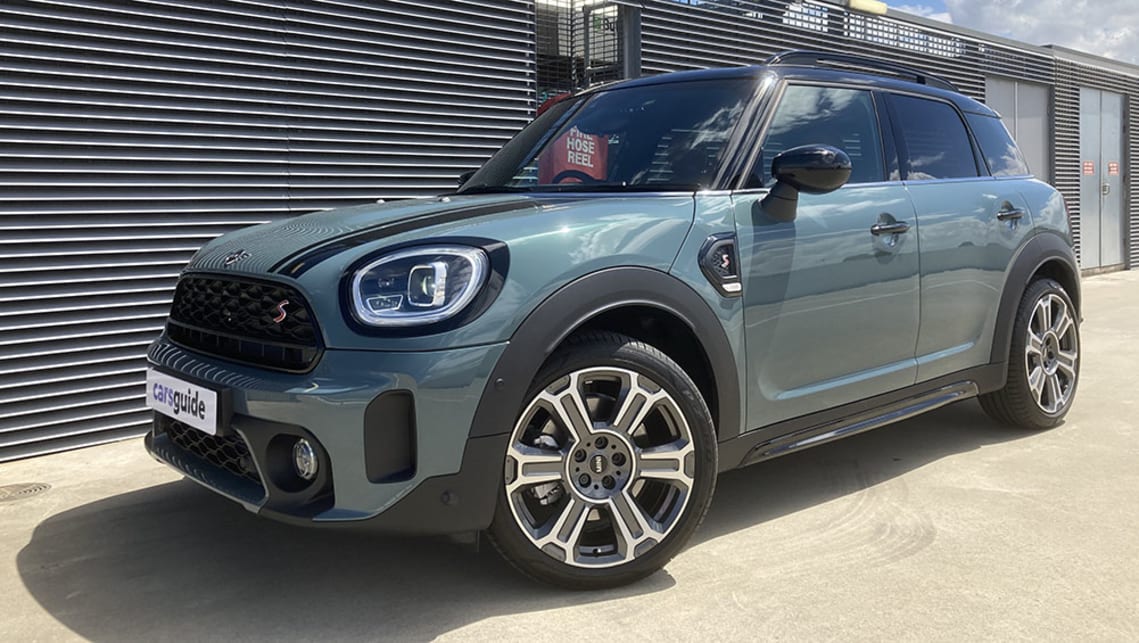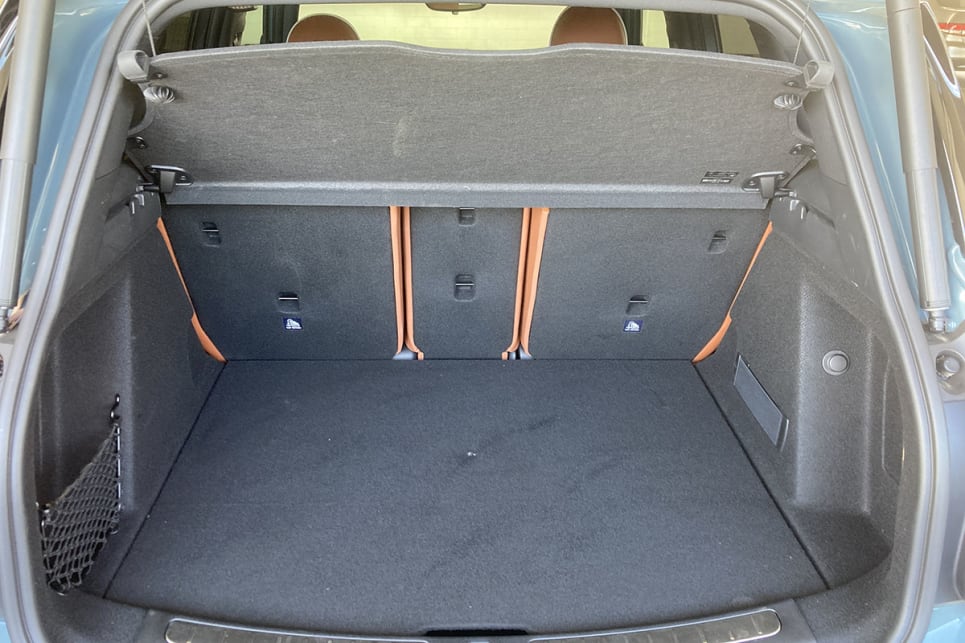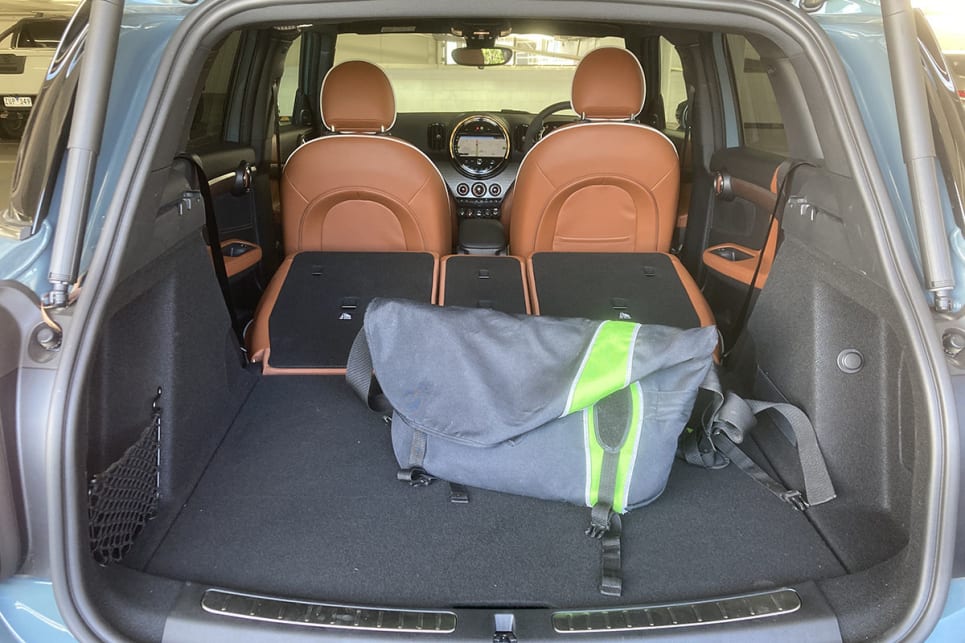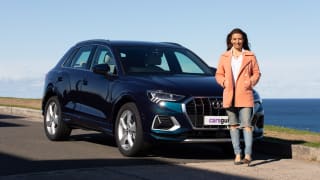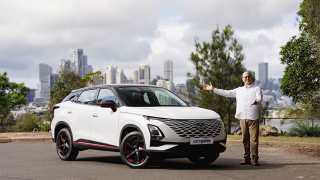Objective value judgements generally fly out the window when a Mini is involved. This brand is steeped in very specific nostalgia-fuelled ‘60s Carnaby Street-themed fashion sphere, and so is often purchased with the heart, not the head.
This is especially so in the Countryman’s case – which starts from $44,500 before on-road costs and any of the myriad personalisation options for the Cooper – since it is essentially the size of a $26,000 Kia Seltos, and sails well past $70,000 if the flagship John Cooper Works (JCW) pocket-rocket is requested.
With all this in mind, our muscled-up Cooper S automatic – kicking off from $52,900 but tested in loaded-up Signature guise with no added options from $58,200 before ORC – must instead be assessed against equally salubrious sporty small SUVs, where it actually starts making fiscal sense. These include the closely-related BMW X2 sDrive20i from $55,900, Audi Q3 40 TFSI quattro from $54,450, Jaguar E-Pace P250 R-Dynamic S from $63,900, Lexus UX200 F Sport from $55,750, Mercedes-Benz GLA 250 from $66,500 and Volvo XC40 T5 R-Design AWD from $56,990. A riches of choice.

This is a fertile hunting ground for the iconic Brit, and it must be said, the Countryman Cooper S Signature really makes a compelling case for itself when you dig further into its specs.
For starters, being an ‘S’, it junks the normal Cooper’s 100kW/220Nm 1.5-litre three-cylinder turbo for a 141kW/280Nm 2.0-litre four-pot turbo, driving the front wheels via a seven-speed dual-clutch auto. If you want an all-wheel drive Countryman, you’ll need to find $60,900 for the mouthful (and somebody’s future password) Cooper S E Classic ALL4 PHEV plug-in hybrid electric vehicle. Or another $1K on top of that for the JCW Pure ALL4. Both smash the S for torque, FYI.
Even the cheapest Countrymen includes a powered tailgate, digital instrumentation, wireless charging, wireless Apple CarPlay, digital radio, adaptive cruise control with stop/go, keyless entry/start, AEB with pedestrian detection, speed-limit display, traffic-sign recognition tech, a rear camera, sat-nav, dual-zone climate control, auto high beams, light-sensing headlights, rain-sensing wipers, sliding/reclining rear seats (a rarity in this class) and auto parking with front and rear sensors.
The S adds a trio of driving modes (Green/eco, Mid/normal and Sport), forward collision warning and braking pre-conditioning, pleated-look leather trim, heated front seats, a JCW sports steering wheel, piano black interior trim, 18-inch alloys on run-flat tyres (so no spare) and – not least of all – heaps more oomph.

Finally, selecting Signature for another $5300 (that’s 10 per cent of the total price, folks) doubles the number of colour choices (to eight) combined with four rather than a single (black) interior hue options, as well as a Nappa leather steering wheel, Anthracite headliner, illuminated interior trims, contrasting exterior mirrors, a Harman Kardon audio upgrade, electric front seat adjustment, a panoramic sunroof, heavier glass tinting, an alarm and those evocative 19-inch alloys dubbed ‘Turnstile Spoke’.
Unfortunately, for a Cooper S with adaptive dampers that promotes better ride comfort, you need to – rather ironically – choose the Sport Package from $59,700.
Our feeling is that Signature (in particular) is more in keeping with the spirit of Mini’s trend-setting personalisation capability, but it’s a mistake not being able to configure adaptive dampers only on the Cooper S’ Sport Package.
By the way, beneath that Mini styling is BMW’s UKL2 architecture that also underpins the X1 and X2 SUVs, as well as the latest front-drive/AWD 1 and 2 Series (coupe/convertible excepted).


